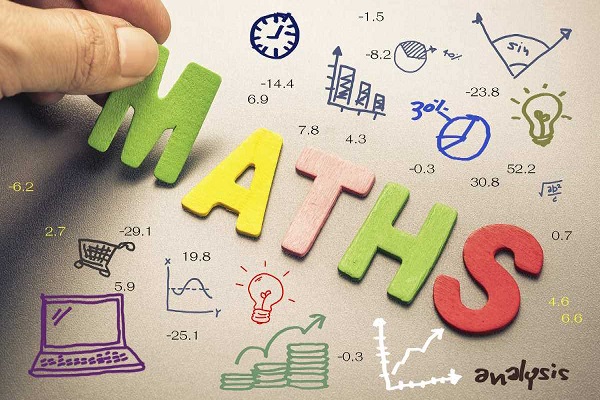Math is one of the most important subjects in school, and it can be pretty confusing for someone who's never learned it before. In this article, we'll outline the basics of mathematical terms so that you have a better understanding of what they're saying. We'll also provide some helpful resources so that you can explore more on your own!
Algebra
Algebra is the branch of mathematics that deals with mathematical concepts and problems. Algebraic techniques are used to solve equations and to graph linear equations, systems of equations, polynomial equations, and rational functions. Algebra is also used to analyze geometric figures and models.
Calculus
-Calculus is the mathematical study of curves and surfaces in space. It can be used to solve problems in physics, engineering, and economics.
-A point on a curve is called a point of inflection.
-The slope of a line is the change in elevation (or altitude) per unit of length traveled.
-The tangent line to a curve at a given point is the line that passes through that point and has the same slope as the curve at that point.
-The normal line to a curve is the perpendicular line to the curve at every point.
Probability
Mathematical terms can be confusing, especially if you don't know what they mean. This go through will help explain some of the more common mathematical terms and their definitions.
A probability is a number that represents how likely something is to happen. For example, if you flip a coin, the probability of getting heads is 50%. Probability is used in many areas of mathematics, including statistics and probability theory.
A measure is a way to quantify something. For example, length is a measure of distance. You could say that 2 meters is twice as long as 1 meter. There are many different types of measures, and mathematicians use them to study problems and make predictions.
A set is a collection of things. In mathematics, sets are important because they allow us to talk about things in a organized way. For example, you can think of all the different students in your school as a set. You can also think of all the different fruits in your grocery store as a set. Sets are useful for solving problems and making predictions.
A function is a set of ordered pairs (x, y). A function allows you to map one thing (x) onto
Statistics
Statistics has been around since the days of Aristotle. It is the study of the collection, organization, analysis and interpretation of data. Statistics can be used for a variety of purposes such as research, marketing, health care and education. Statistics can be used in many different ways including descriptive statistics, which describe the characteristics of a set of data, frequency tables, which show the number of occurrences of particular values within a data set and probability charts, which plot probability against outcome.
Common Questions for Mathematics
Q1. What is a square root?
Square root is a mathematical operation that outputs the square root of a number.
Q2. which table represents a linear function?
A table that represents a linear function is called a Linear Function graph.
Q3. What is a rational number?
A rational number is a number that can be expressed as a fraction, where the numerator and denominator are both rational numbers.
Q4. What is pi?
Pi is the mathematical constant that is the ratio of a circle's circumference to its diameter.
A 500 gram object would weigh 0.5 kilogram.
Graphs and Venn diagrams
Graphs and Venn diagrams are two of the most important tools used in mathematics. In this blog section, we will go through the basics of these diagrams and how to create them.
First, let’s start with a graph. A graph is simply a collection of points (called vertices), and the lines connecting them (called edges). You can think of it as a map of your social network or the internet. The vertices represent people or websites, and the lines represent connections between them.
To create a graph, you first need to decide what data you want to include. You can include anything from names to addresses to phone numbers. Once you have your data, you next need to determine how many vertices and edges you want. For graphs that are used for math, typically there are at least three vertices and at least two edges.
Now that we have our data set up, we can start drawing the graph. To do this, we first need to identify all of the vertices. We do this by specifying the name of the vertex (and optionally its position on the coordinate plane). After we have our list of vertices, we then need

No comments:
Post a Comment